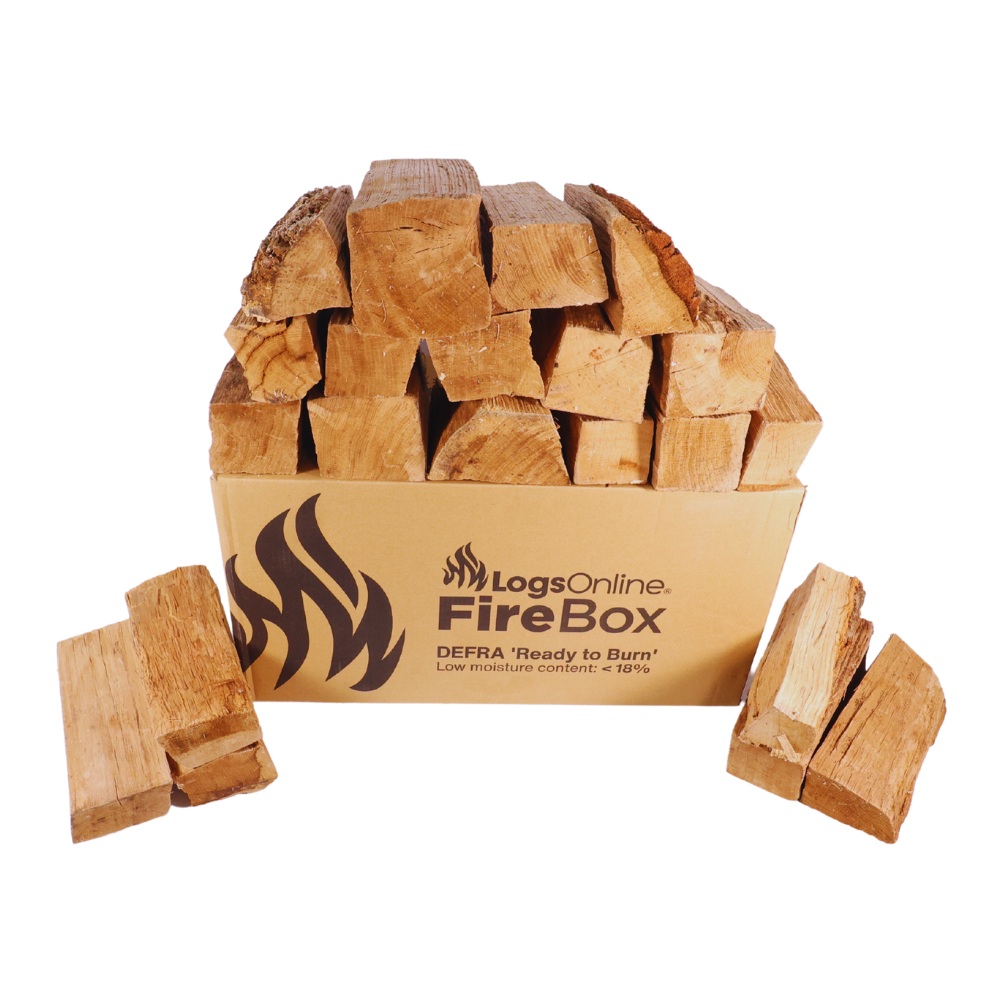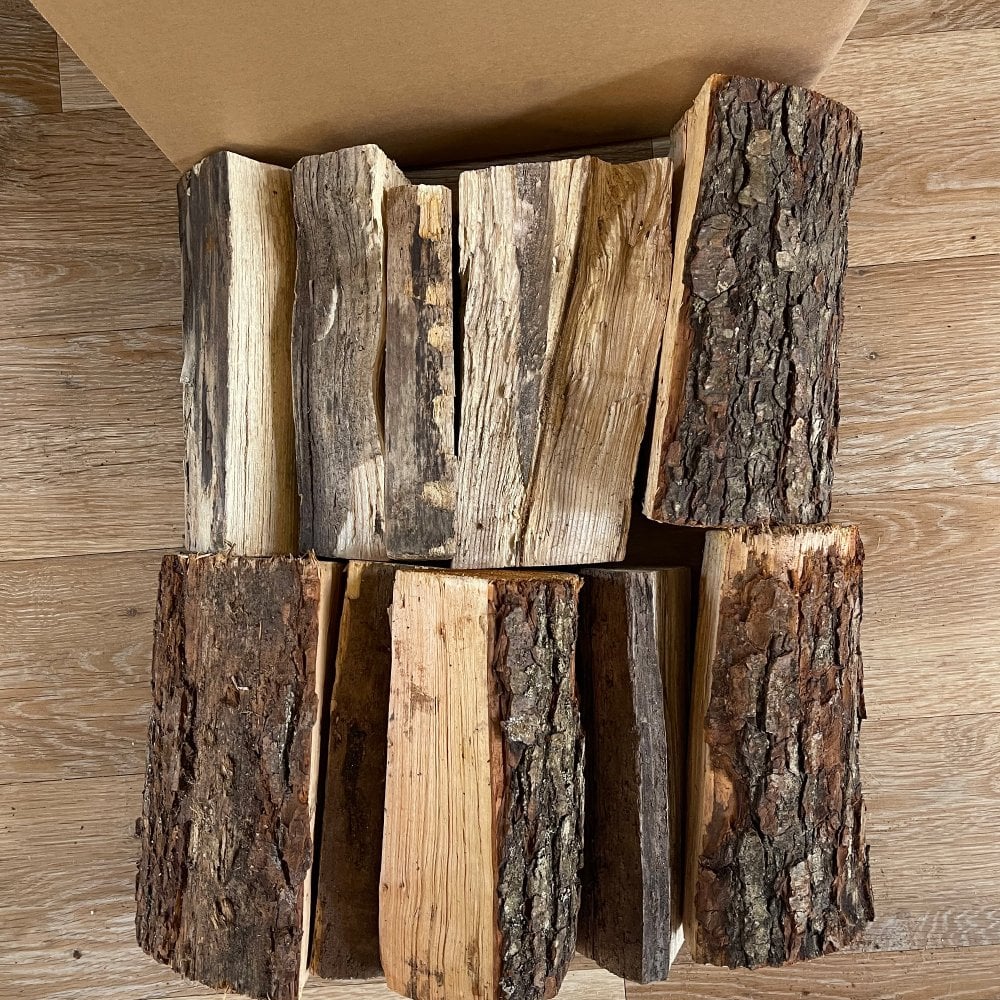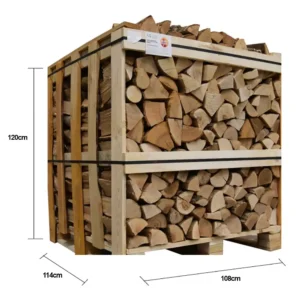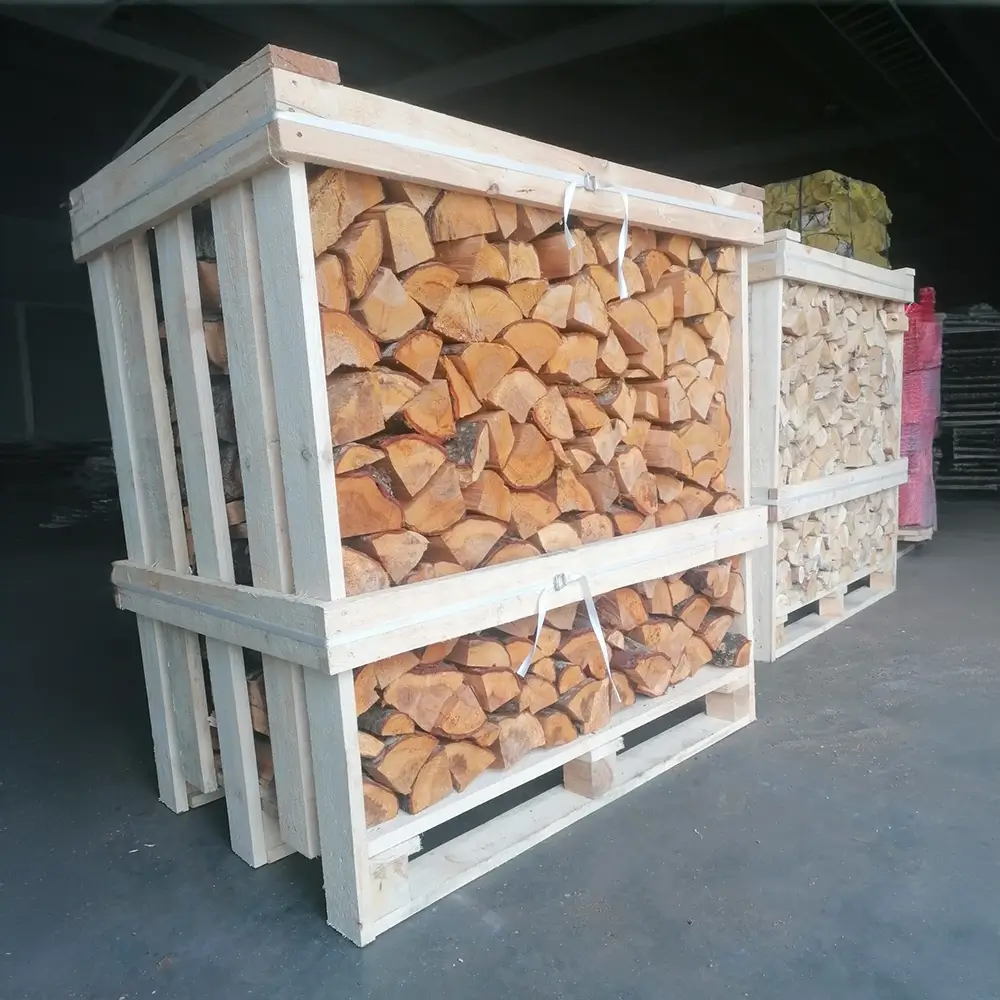Product description
Firewood Fuel Hardwood: A Superior Choice for Heating
Hardwood firewood is widely regarded as the best type of fuel for heating due to its high energy output, long burn times, and overall efficiency. Unlike softwoods, hardwoods are denser and produce more heat per log, making them ideal for wood-burning stoves, fireplaces, and outdoor fire pits. Common hardwood species used for firewood include oak, beech, maple, ash, and hickory. Each of these woods has its own unique characteristics, but all share the common benefits of being a reliable and effective source of heat.
Characteristics of Hardwood Firewood
Hardwood firewood comes from deciduous trees that lose their leaves annually. These trees grow slower than softwoods, resulting in denser wood fibers. This density makes hardwoods heavier and more compact, which in turn leads to higher energy output when burned. On average, hardwood firewood can generate between 24 to 30 million BTUs per cord, depending on the species and how well the wood is seasoned.
Because hardwoods are dense, they burn longer and hotter than softwoods, which means less frequent reloading of the fire. This slow, steady burn is one of the primary reasons hardwood is preferred for heating, especially in colder climates where maintaining warmth over long periods is essential.
Heat Output and Efficiency
The high calorific value of hardwood firewood is one of its key advantages. Dense woods such as oak, hickory, and maple provide an impressive amount of heat. For example, oak, one of the most popular hardwoods for firewood, burns hot and slow, making it ideal for heating large spaces. Ash is another excellent choice for firewood, known for its ease of splitting and relatively quick seasoning time while still offering a high heat output.
The longer burn time of hardwoods not only provides sustained warmth but also reduces the amount of wood needed to maintain a fire. This efficiency can translate into cost savings over time, as fewer logs are required compared to softwoods, which burn faster and need constant replenishment.
Seasoning and Preparation
Like all firewood, hardwood needs to be properly seasoned to burn efficiently. Seasoning is the process of drying out the wood, allowing the moisture content to drop to around 20% or lower. This ensures that the wood burns cleanly, with less smoke and higher heat output. Hardwood generally takes longer to season than softwood, often requiring 12-24 months of drying time. However, once seasoned, hardwood firewood provides superior performance in terms of heat and burn quality.
Properly seasoned hardwood is easy to ignite and burns steadily, producing minimal smoke and ash. Wet or green hardwood, on the other hand, will burn inefficiently, creating excess smoke and potentially leading to the buildup of creosote in chimneys, which can become a fire hazard.
Environmental Impact
Hardwood firewood, when sourced from sustainably managed forests, is a renewable and eco-friendly heating option. Burning wood is considered carbon-neutral because the amount of carbon dioxide released during combustion is roughly equivalent to the amount the tree absorbed during its lifetime. This makes hardwood firewood a more environmentally responsible choice compared to fossil fuels like coal, oil, or natural gas.
In addition, using locally sourced firewood reduces the carbon footprint associated with transportation and supports sustainable forestry practices.
Conclusion
Hardwood firewood is a top-tier choice for heating due to its high energy output, long burn time, and efficiency. It offers consistent and steady heat, making it ideal for wood-burning stoves, fireplaces, and outdoor fires. Although it requires longer seasoning times compared to softwood, its superior heat production and minimal smoke make it worth the investment. As an environmentally friendly and renewable resource, hardwood firewood is a smart and sustainable option for those seeking warmth and comfort during colder months.






